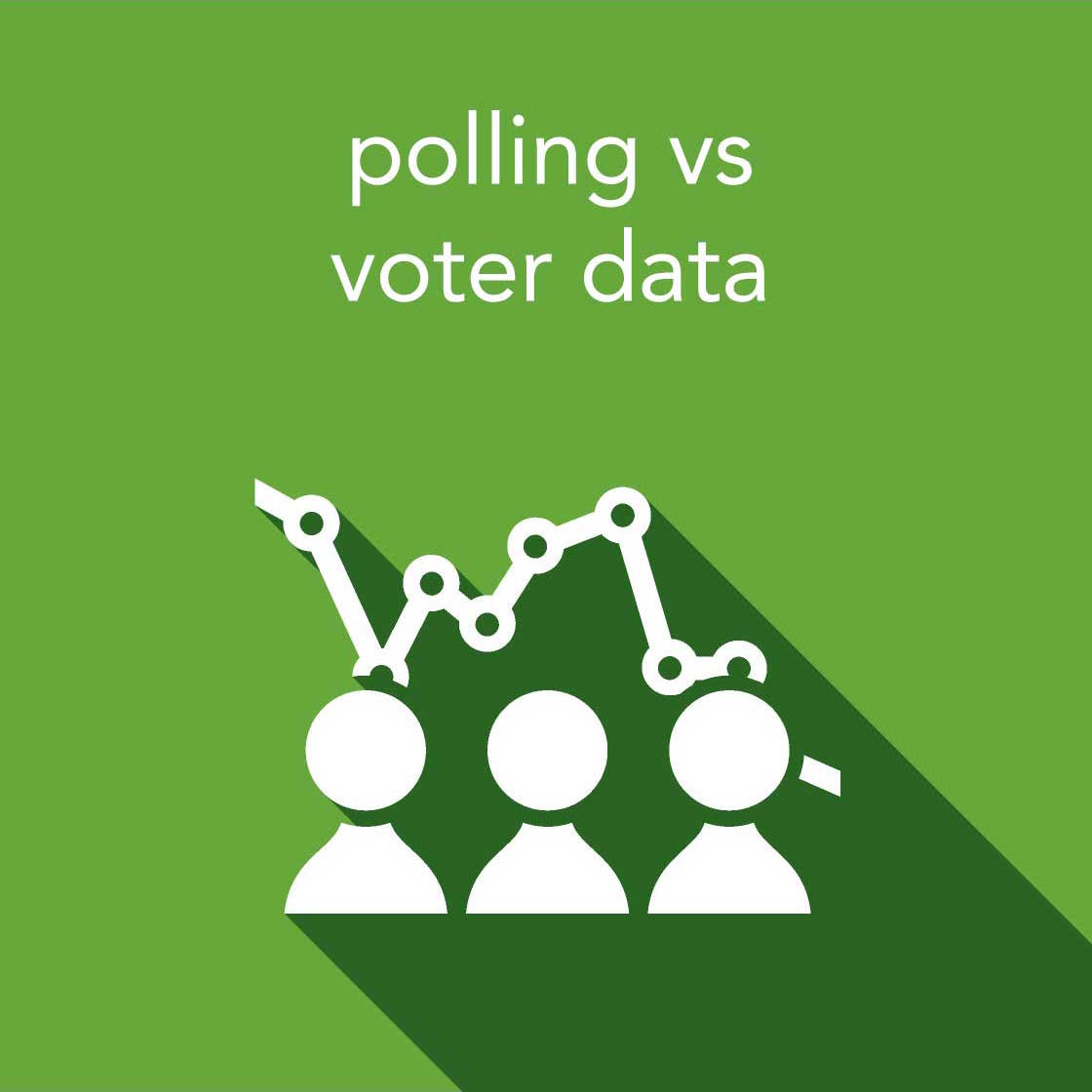Polling Basics
measuring the political landscape
Polling is an important part of many campaigns, but it is expensive and has a limited shelf life. Polling data provides a measurement of the political environment for a moment in time and is used to benchmark candidates, ballot initiatives and issues. Polling can determine name identification, how you stack up against a rival, as well as the voter's attitudes on candidates, parties, or issues.
A basic poll by a respected firm without message testing can cost thousands of dollars while the cost of a comprehensive poll with issue questions can go much higher. Constructing a quality poll is tricky and the results can be confusing and occasionally unusable. For example, the construction of a useful question is much more difficult than one might expect. The wording of a question may be biased, leading respondents to a particular answer. Additionally the way a question is asked has different implications for analysis and provides opportunities for inaccurate campaign responses. The results of a poll are only as good as the sample they are taken from.
Generally speaking, big campaigns with big budgets can and should use high quality polling from a recognized and respected firm to craft messages and track progress. Small to midsize campaigns should consider if the trade off of knowledge gained from a poll is worth the budget impact and the reduction in resources available for voter contact.
Click below to learn more:

